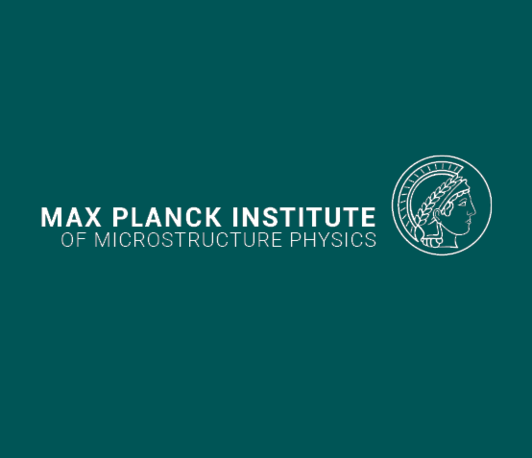Theory of chiral transport of electrons and phonons
Seminar
- Datum: 21.10.2024
- Uhrzeit: 11:00 - 12:00
- Vortragender: Shuichi Murakami
- 1 Department of Physics, Institute of Science Tokyo, Tokyo 152-8551, Japan 2 Department of Physics, Tokyo Institute of Technology, Tokyo 152-8551, Japan 1 International Institute for Sustainability with Knotted Chiral Meta Matter (WPI-SKCM2), Hiroshima University, Hiroshima 739-8526, Japan
- Ort: Max-Planck-Institut für Mikrostrukturphysik, Weinberg 2, 06120 Halle (Saale)
- Raum: Lecture Hall, B.1.11

Abstract:
We theoretically propose kinetic magnetoelectric effect (orbital Edelstein effect) [1,2], where the current induces orbital magnetization. In chiral systems, it is analogous to a solenoid in electromagnetism [2], and a related experiment has been performed in tellurium. We propose a similar effect in Chern insulators and topological insulators, and we found that this effect becomes much larger than that in metals (Fig. 1(a)) [3]. We found several candidate materials such as Cu2ZnSnSe4 (Fig. 1(b)) [3].
The orbital magnetization is due to the rotational motions of electrons. Nuclei in crystals can undergo similar rotational motions as phonons, and these phonons are called chiral phonons [4,5]. We have theoretically shown that chiral phonons induce spin magnetization (Fig. 2) [6,7], which can be a microscopic mechanism for spin-rotation coupling. Furthermore, we show that in inversion-asymmetric systems, chiral phonons can induce a current as well [8].
[1] T. Yoda, T. Yokoyama, S. Murakami, Sci. Rep 5, 12024 (2015).
[2] T. Yoda, T. Yokoyama, S. Murakami, Nano Lett. 18, 916 (2018).
[3] K. Osumi, T. Zhang, S. Murakami, Commun. Phys. 4, 211 (2021).
[4] L. Zhang, Q. Niu Phys. Rev. Lett. 112, 085503 (2014).
[5] M. Hamada, E. Minamitani, M. Hirayama, S. Murakami, Phys. Rev. Lett. 121, 175301 (2018).
[6] M. Hamada, S. Murakami, Phys. Rev. B 101, 144306 (2020).
[7] D. Yao, S. Murakami, Phys. Rev. B 105, 184412 (2022).
[8] D. Yao, S. Murakami, J. Phys. Soc. Jpn. 93, 034708 (2024).
Biography: Shuichi Murakami received his Ph. D. in physics from University of Tokyo in 1999. He worked as a research associate in Department of Applied Physics, University of Tokyo from 1996 to 2007, and he moved to Department of Physics, Tokyo Institute of Technology as an associate professor in 2007, and became a full professor in Department of Physics in 2012. He has been working on theories of spintronics and topological phenomena in condensed matter physics. The emphasis is on prediction of novel phenomena and on construction of fundamental theories in the fields of spintronics and topological phases. Representative achievements of his research include theoretical proposal of the intrinsic spin Hall effect, theoretical proposal of the bismuth bilayer as a two-dimensional topological insulator, and theoretical proposal of the notion of Weyl semimetals.
Awards and Fellowships:
• 2007 Young Scientist Award of the Physical Society of Japan
• 2010 The Young Scientists’ Award: The Commendation for Science and Technology by the Minister of Education, Culture, Sports, Science and Technology
• 2010 Honda Memorial Young Researcher Award
• 2010 Sir Martin Wood Prize
• 2011 IBM Japan Science Prize
• 2012 JSPS Prize
• 2016 Inoue Prize for Science
• 2017 American Physical Society (APS) Fellow
• 2022 Award for Science and Technology (Research Category): The Commendation for Science and Technology by the Minister of Education, Culture, Sports, Science and Technology